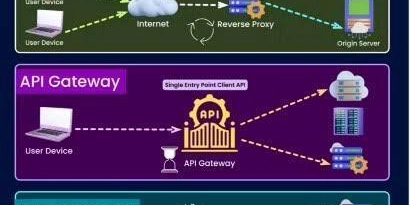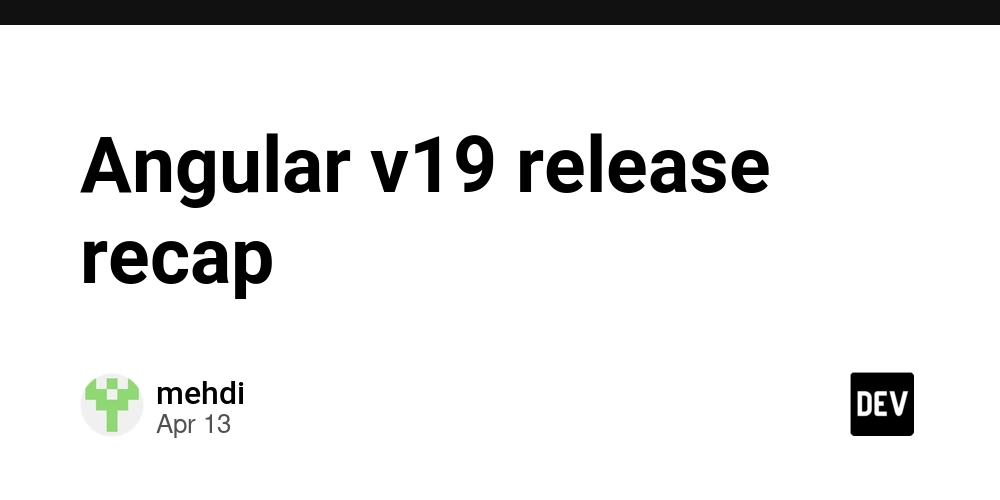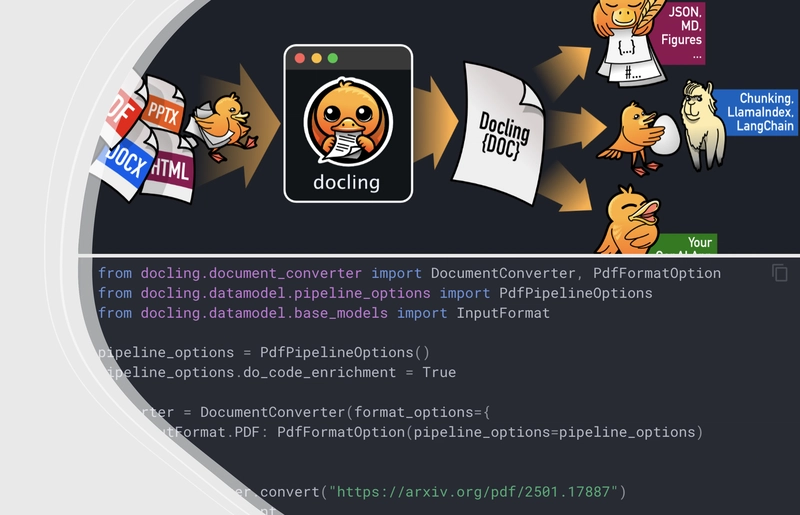Reverse Proxy vs. API Gateway vs. Load Balancer
1️⃣Reverse Proxy: The Guardian of Your Servers A reverse proxy is like a security guard standing between your users and your backend servers. It intercepts all incoming requests and forwards them to the appropriate server. Why use one? Security: Shields your server IPs and architecture from prying eyes. Performance: Caches static content (like images or CSS) to reduce server load. Flexibility:Routes traffic based on rules, such as directing API calls to one server and static files to another. Examples: Nginx, Apache, Traefik. 2️⃣ API Gateway: The Traffic Cop for APIs An API gateway is specifically designed to manage APIs. It acts as a single entry point for all API requests, handling everything from authentication to request/response transformation. Why use one? Authentication & Authorization:Ensures only valid users can access your APIs. Rate Limiting: Prevents abuse by capping the number of requests per user. Transformation: Converts data formats so clients get exactly what they need (e.g., JSON to XML). Examples: Kong, AWS API Gateway, Apigee. 3️⃣ Load Balancer: The Traffic Distributor When traffic spikes, a load balancer steps in to ensure no single server gets overwhelmed. It evenly distributes incoming requests across multiple servers, keeping your app running smoothly. Why use one? High Availability:Redirects traffic if a server fails. Scalability: Easily add more servers as demand grows. Performance: Reduces response times by spreading the workload. Examples: AWS Elastic Load Balancer, HAProxy, NGINX Plus. How Are They Different? While these tools can sometimes overlap, here’s how they differ: A reverse proxy focuses on routing and securing traffic. An API gateway specializes in managing APIs with advanced features like rate limiting and transformation. - A load balancer ensures traffic is evenly distributed across servers for reliability and performance. Why Should You Care? Understanding these tools is key to building scalable, secure, and efficient systems. For example: Use a reverse proxy to protect your servers and cache content. Use an API gateway to simplify API management and enforce security policies. Use a load balancer to handle traffic spikes and ensure uptime. restapi #IBM #serveradministration #backend #api #LoadBalancing #WebSphere https://www.linkedin.com/in/mohamed-nabil-2995b018b?utm_source=share&utm_campaign=share_via&utm_content=profile&utm_medium=android_app

1️⃣Reverse Proxy: The Guardian of Your Servers
A reverse proxy is like a security guard standing between your users and your backend servers. It intercepts all incoming requests and forwards them to the appropriate server.
Why use one?
- Security: Shields your server IPs and architecture from prying eyes.
- Performance: Caches static content (like images or CSS) to reduce server load.
- Flexibility:Routes traffic based on rules, such as directing API calls to one server and static files to another.
Examples: Nginx, Apache, Traefik.
2️⃣ API Gateway: The Traffic Cop for APIs
An API gateway is specifically designed to manage APIs. It acts as a single entry point for all API requests, handling everything from authentication to request/response transformation.
Why use one?
- Authentication & Authorization:Ensures only valid users can access your APIs.
- Rate Limiting: Prevents abuse by capping the number of requests per user.
- Transformation: Converts data formats so clients get exactly what they need (e.g., JSON to XML).
Examples: Kong, AWS API Gateway, Apigee.
3️⃣ Load Balancer: The Traffic Distributor
When traffic spikes, a load balancer steps in to ensure no single server gets overwhelmed. It evenly distributes incoming requests across multiple servers, keeping your app running smoothly.
Why use one?
- High Availability:Redirects traffic if a server fails.
- Scalability: Easily add more servers as demand grows.
- Performance: Reduces response times by spreading the workload.
Examples: AWS Elastic Load Balancer, HAProxy, NGINX Plus.
How Are They Different?
While these tools can sometimes overlap, here’s how they differ:
- A reverse proxy focuses on routing and securing traffic.
- An API gateway specializes in managing APIs with advanced features like rate limiting and transformation.
- A load balancer ensures traffic is evenly distributed across servers for reliability and performance.
Why Should You Care?
Understanding these tools is key to building scalable, secure, and efficient systems. For example:
- Use a reverse proxy to protect your servers and cache content.
- Use an API gateway to simplify API management and enforce security policies.
- Use a load balancer to handle traffic spikes and ensure uptime.











































































































































































![[The AI Show Episode 143]: ChatGPT Revenue Surge, New AGI Timelines, Amazon’s AI Agent, Claude for Education, Model Context Protocol & LLMs Pass the Turing Test](https://www.marketingaiinstitute.com/hubfs/ep%20143%20cover.png)





























































































































![From Accountant to Data Engineer with Alyson La [Podcast #168]](https://cdn.hashnode.com/res/hashnode/image/upload/v1744420903260/fae4b593-d653-41eb-b70b-031591aa2f35.png?#)





































































































.png?#)









































































































































![Apple Watch SE 2 On Sale for Just $169.97 [Deal]](https://www.iclarified.com/images/news/96996/96996/96996-640.jpg)

![Apple Posts Full First Episode of 'Your Friends & Neighbors' on YouTube [Video]](https://www.iclarified.com/images/news/96990/96990/96990-640.jpg)


































































































































